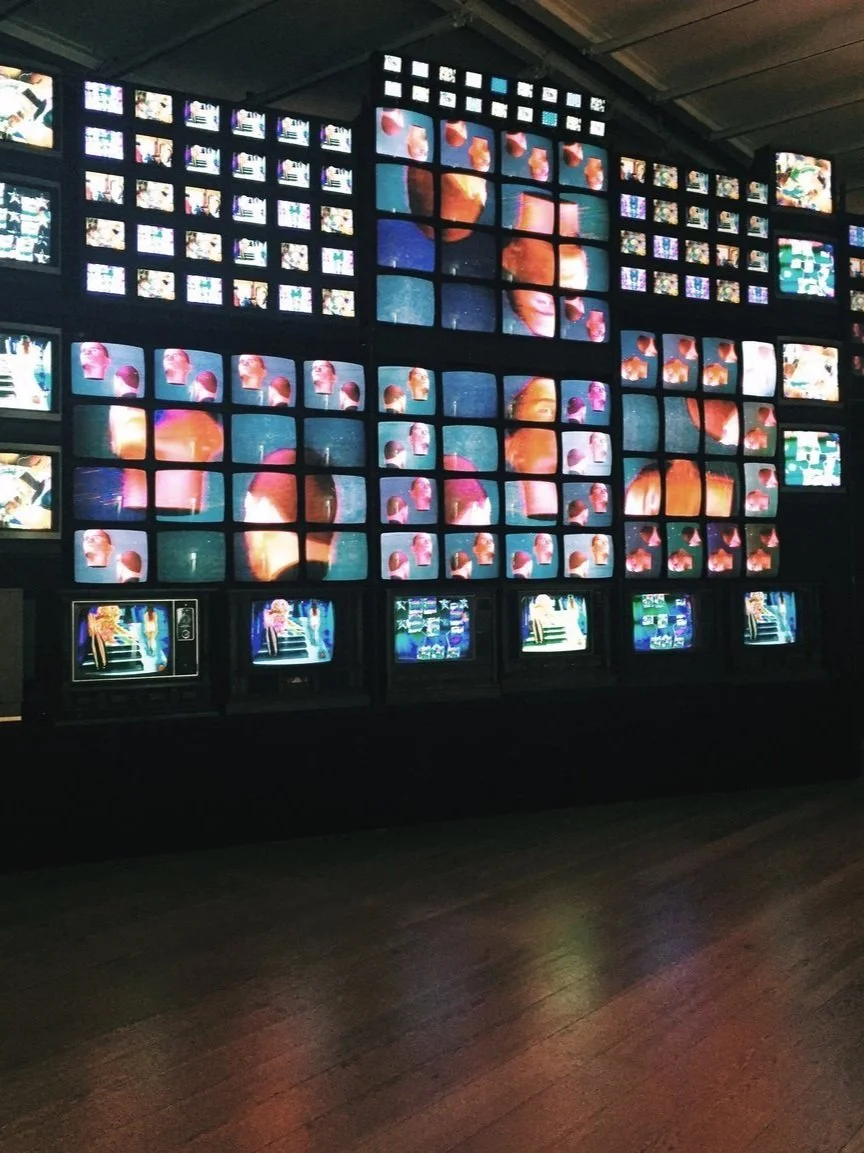First Look: The 2019 Whitney Biennial
The Whitney Museum of American Art specializes in 20th and 21st century American art. Every two years, the museum presents a survey of emerging contemporary American artists, known as the Whitney Biennial. It was first established in 1932, and has had 79 installments since. It is one of the most well-known and important events in the contemporary art world.
I happen to work at the Whitney Museum. So, huge perks include getting to witness the installation process, listening to presentations by the curators at staff meetings, going on walkthroughs, and meeting the artists. This week, the staff got an early sneak-peek viewing of the complete show, followed by a reception with food and drinks. And I am here to give you an inside view of what will be opening next week to the public (May 17- September 22, 2019).
About the Show
The Biennial has no running theme, it is more a broad overview of contemporary art-making in the United States. However, common threads often present themselves at each Biennial. This year, a focus on race and gender discourse, climate change, and exploration of the body were confronted by several artists.
The show features 75 artists. It is an exact split between male and female artists and a majority of the artists are of color (refreshing!). Disabled artists are also featured this year. The works run across all mediums, including painting, sculpture, video, and performance. The Biennial was curated by Rujeko Hockley and Jane Panetta, two women who traveled all across the country to find today’s most compelling art. There is no criteria for being selected for the Biennial, the curators were essentially looking for work that was relevant, innovative, and representative of today’s artistic landscape.
The Biennial also features performance pieces that are scheduled for specific times over the next few months. Some of the artworks will of course touch on sensitive or controversial topics, but I don’t foresee anything as polarizing as the Dana Schutz scandal from the Whitney’s previous installment.
One intriguing aspect of this year’s Biennial: The museum clearly encourages and embraces progressive art, but the museum’s administration is currently being criticized for its anti-progressive inclusion of board member Warren Kanders (CEO of Safariland, producer of tear gas used on protestors as well as at the US-Mexico border). Calls for his resignation, weekly protests, and petitions signed by artists and staff members loom behind the radical and enlightening messages in the show.
This is, of course, no fault of the curators or artists (many who openly support that Kanders step down). In fact, I found the show to be compelling and extremely well done. There were artworks that explored modern technology and digital manipulation, but there was not an overwhelming amount of sleek CGI or computer-generated art that one may expect in the year 2019. I really appreciated the emphasis on the handmade. Sculptures were made from classic materials in innovative ways, photography was a high point, and figurative painting is still well and alive. Here are some highlights:
Jeanette Mundt
Matthew Angelo Harrison
Pat Phillips
Jennifer Packer
Brendan Fernandes
Gala Porras-Kim
Simone Leigh
Eddie Arroyo
Calvin Marcus
Ragen Moss















